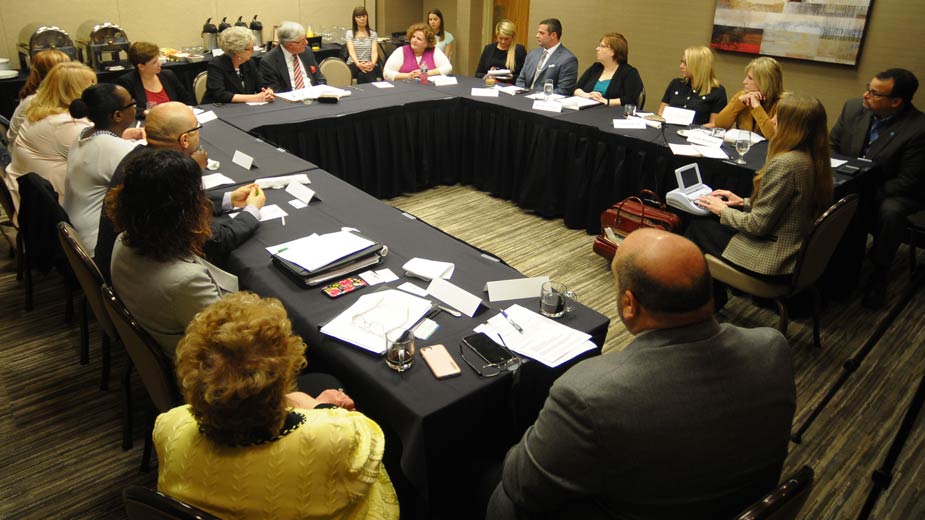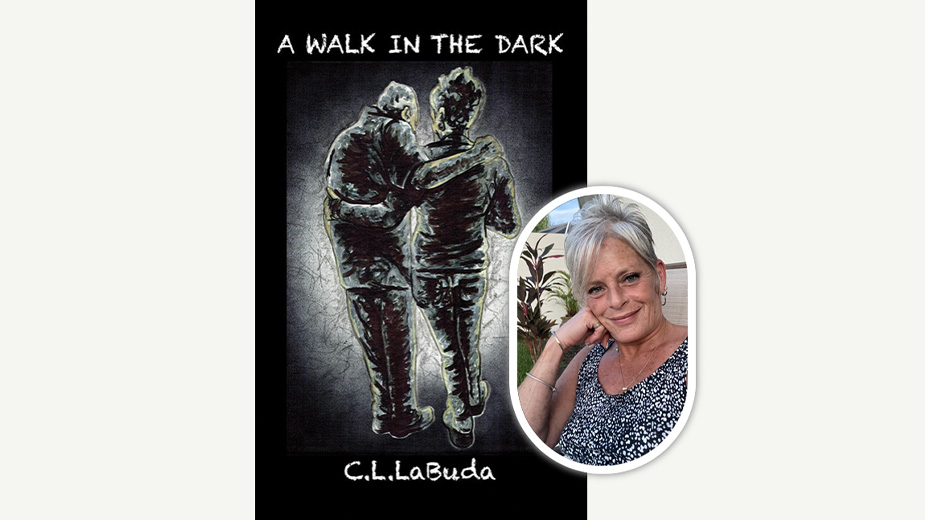Addiction Is a Disease, Treat It as Such: Roundtable
BOARDMAN, Ohio – Opiate addicts are in the headlines every day but the widespread addiction to other substances, both legal and illegal, is affecting the social, physical and economic health of the Mahoning and Shenango valleys, a Business Journal roundtable held Tuesday found.
In Trumbull County, opiate addiction is the No. 1 diagnosis, followed by alcohol and marijuana, April Caraway, executive director of Trumbull County Mental Health and Recovery Board, said.
Brenda Heidinger, associate director of the Mahoning County Mental Health and Recovery Board, cited national numbers in a 2015 U.S. Surgeon General report that found 27 million people used an illicit drug or abused a prescription drug, and 66 million reported binge drinking within the last 30 days, nearly a quarter of the adult population in the United States.
The number of addicts is growing and becoming more widespread — it’s no longer just an urban problem but has reached well into suburban and rural America — reaching all demographics: age, race, sex and economic standing, said participants. The edited transcript will be published in our June print edition.
“There is not a person, or community within our region where individuals, no matter how rich, no matter how poor, no matter what race, that this is not affecting,” said Joseph Caruso, president and CEO of Compass Family & Community Services.
All agreed that marijuana is often a gateway drug that leads to worse substance addictions.
“Marijuana is a gateway to these other substances, because of its numbing effect and it makes you feel good,” Caruso said. Many people look at it as a recreational drug, but it can “lead to the use and abuse of many other drugs that people are using,” he said.
Just as more people today perceive marijuana as relatively harmless and OK to use recreationally, they also view alcohol in a similar light. “People abuse alcohol and think it’s OK because it is legal and people accept it,” Caruso added.
“In my 27 years in this business, [the extent of addiction is] the worst I’ve ever seen,” Carolyn Givens, executive director of the Neil Kennedy Recovery Centers, said.
The low cost of heroin leads to more people developing an addiction and all types of opiates are more easily available today. “Heroin now costs almost the same as a pack of cigarettes, maybe less,” Givens said.
Still, Dr. Muhannad Kassawat, president and CEO at Serenity Center of Youngstown, said half of his patients come from households with a higher level of income. “The average household income for a patient with opiate addiction used to be less than $30,000 a year and now it is more like $30,000 to $50,000,” he said.
Roundtable participants said the financial component affects how someone can become an addict especially if such a person is unemployed and depressed, looking for something to numb the pain.
Caraway from the Trumbull County Mental Health Board said poverty is a huge factor in first-time and continued use, which often results in addiction.
Larry Moliterno, CEO and president of Meridian Healthcare, points to the lack of jobs that pay well since the steel mills shut down. It causes people to feel “hopeless and depressed,” he said, which makes an individual look toward a substance to numb the pain.
Caruso of Compass said getting and keeping a job usually helps a recovering addict from relapsing.
Many addicts successfully conceal their abuse, participants noted.
Addiction is a disease, all participants emphasized, and should be treated as such, with the same value judgment as if the person were suffering from diabetes, for instance.
Givens of Neil Kennedy said that people need to recognize addiction as a chronic and progressive illness, “not separate [from] the dynamic of mental health and depression that is surrounding this disease of addiction.”
“Sixty percent of those who are diabetic get better with the right treatment, nutritional background and exercise. The same with [substance abuse] recovery. Sixty percent of our population, if they work through their program, get honest and surrender that they are in paralysis before their disease,” Givens continued. “Their peers can help them find hope again. They can have a 60% success rate.”
Many employers don’t or can’t provide their employees with the right health insurance to cover the costs of treatment of addiction.
“Insurance companies need to pay the same level of support for behavioral health services like mental health and addiction services as they do for primary care,” Caruso said to unanimous agreement among the roundtable participants.
Kassawat of Serenity Center agreed with Caruso and called the system “unfair” because employed people have to pay high out-of-pocket expenses for treatment of addiction, while the unemployed on Medicaid can be treated at no cost. “Those who work do need help too and a lot of times, just because you work, doesn’t mean you are financially independent,” he said.
It’s important for employers to realize individuals in their workforce have addictions or mental illnesses that can be treated because the employer has invested time, energy and money in their staff, Caruso emphasized. If employers can’t or won’t provide adequate insurance, they’ll lose qualified employees.
Since most addicted employees can’t afford the deductibles, they continue to suffer, which in turn invites other diseases, such as hepatitis, that the company will end up paying for.
“Employers, whether they accept it or not, have employees with an illness, an illness that is an addiction,” Caruso said, “just like they may have cancer or high blood pressure. These illnesses are treatable and can be managed.
“They’re able to be in recovery and keep and maintain productive employees. The employers should not give up because everyone has had an illness at one point in their life.”
Copyright 2024 The Business Journal, Youngstown, Ohio.



